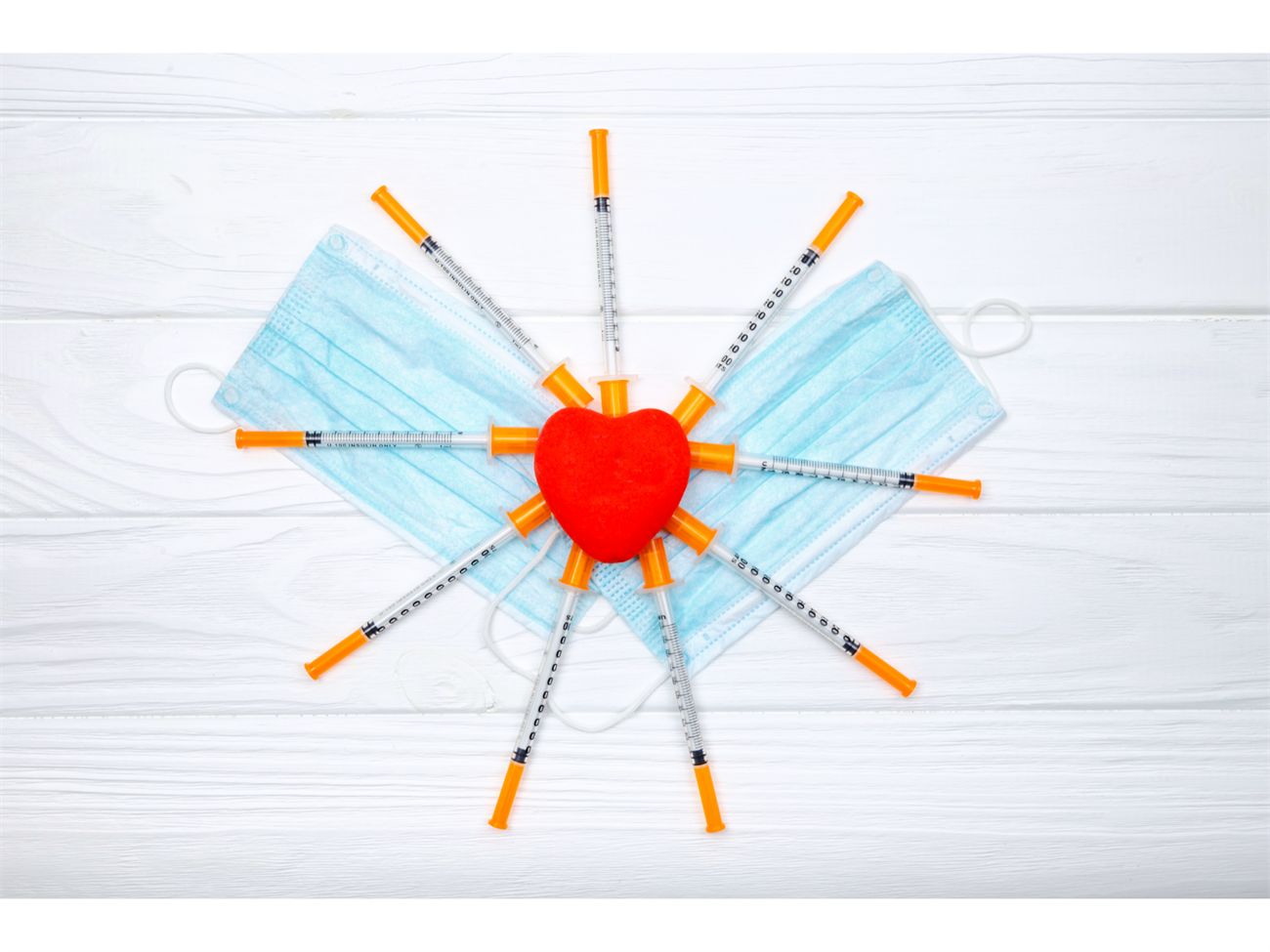Selection of cell culture plates
The cell culture plate can be divided into flat bottom and round bottom (U-shaped and V-shaped) according to the shape of the bottom; the number of culture holes is 6, 12, 24, 48, 96, 384, 1536, etc .; depending on the material Terasaki plates and ordinary cell culture plates. The specific selection depends on the type of cultured cells, the required culture volume and different experimental purposes.
Edit By Waiting.D
The cell culture plate can be divided into flat bottom and round bottom (U-shaped and V-shaped) according to the shape of the bottom; the number of culture holes is 6, 12, 24, 48, 96, 384, 1536, etc .; depending on the material Terasaki plates and ordinary cell culture plates. The specific selection depends on the type of cultured cells, the required culture volume and different experimental purposes.
(1) Difference and selection of flat-bottom and round-bottom (U-shaped and V-shaped) culture plates
Different shapes of culture plates have different uses. Cultured cells are usually selected with flat bottoms, which is convenient for observation under a microscope, has a clear bottom area, and the cell culture liquid level is relatively consistent. Therefore, when doing experiments such as MTT, whether it is adherent or suspended cells, generally use a flat bottom plate. For measuring absorbance, a flat-bottom culture plate must be used. Pay special attention to the material. The label "Tissue Culture (TC) Treated" is used for cultured cells.
U-shaped or V-shaped boards are generally used only when there are special requirements. For example, in the field of immunology, when two different lymphocytes are mixed and cultured, they need to be in contact with each other to stimulate. In this case, U-shaped plates are generally selected because the cells will gather in a small range due to the effect of gravity. The round-bottom culture plate will also be used for the experiment of isotope incorporation, and it is necessary to use a cell collector to collect the cell culture, such as "mixed lymphocyte culture". V-shaped plates are commonly used for cell killing and immunological hemagglutination experiments. Cell killing can also be replaced by U-shaped plates (after adding cells, centrifuge at low speed).
(2) The difference between Terasaki plate and ordinary cell culture plate
Terasaki plate is mainly used for crystallography research, and the product design is convenient for observation and structure analysis of crystals. There are two methods of sitting and handing drop, and the appearance and structure of the products applied in the two methods are also different. Choose crystal class polymer as the material. Special materials are helpful for observing the crystal structure.
The cell culture plate is mainly made of PS material. The material is treated sufface, which is convenient for the growth and extension of the cells. Of course, there are growth materials for planktonic cells, as well as low binding surface
(3) Difference between cell culture plate and enzyme plate
The enzyme plate is generally more expensive than the cell culture plate. The cell plate is mainly used for cell culture, and can also be used to measure protein concentration; the enzyme plate includes a coating plate and a reaction plate, which is generally not used for cell culture. After protein detection, higher requirements and specific enzyme-labeled working solutions are required.
(4) The well bottom area of commonly used different culture plates and the recommended amount of liquid added
The liquid surface of the culture medium added in different well plates should not be too deep, generally in the range of 2 ~ 3mm, combined with the bottom area of different wells to calculate the appropriate amount of liquid for each culture well (refer to the following table). If the amount of liquid added is too large, it will affect the exchange of gas (oxygen), and it is easy to overflow and cause pollution during the moving process. The specific cell density to be added is flexibly controlled according to the purpose of the experiment.







